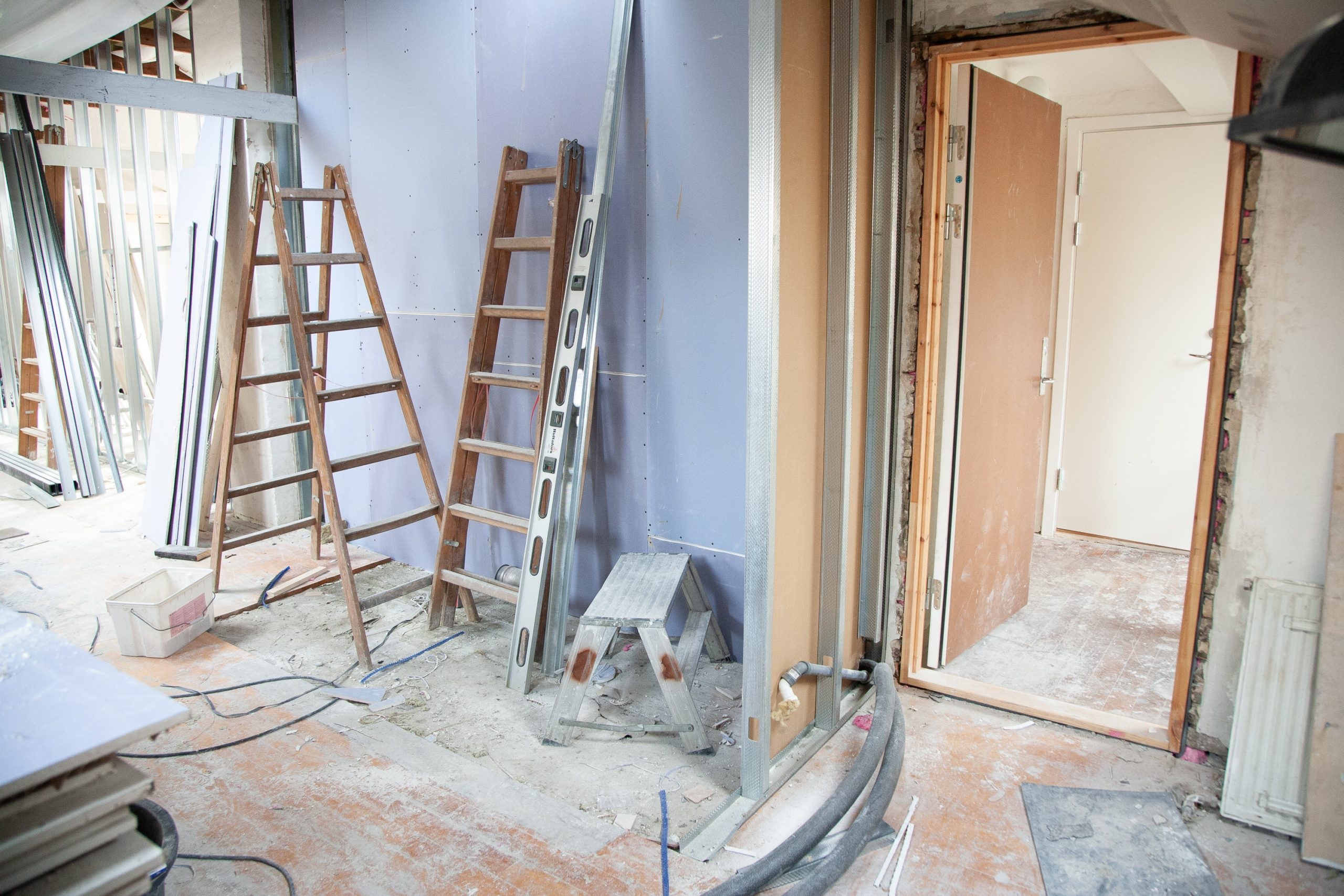

The following is adapted from Quit Getting Stiffed.
Chase from Super Painting Subcontractor asked us, “What do you mean they are saying my work is bad and has to be redone? The whole time I was at the project, they kept telling me how great the paint looked! How can they now say it was not done correctly?” It is not uncommon for general contractors or owners to suddenly claim bad work when they receive a notice of lien. In the long run, their claim of bad work won’t succeed, but it is effective in slowing down the lien foreclosure process. Super Painting Subcontractor did end up collecting the money they were owed, but it took six months and a lot of attorney fees.
When you file a lien or threaten to file a lien, it is not uncommon for issues you have never heard of to arise. In this blog, we will go over the most common defenses to contractor liens and how to prepare for them while you are on the project.
One of the most common defenses to contractor liens is claims of bad or defective work. What we normally see happen is we send out a notice of an intent to lien, and in response, we receive a letter stating the work was subpar. This is the first time the contractor has heard that there is any issue with the work. At the end of the day, it will be hard for the general contractor or owner to prove that the work was really defective if there was nothing in writing about the defective work before the lien process began.
But what it can do is slow down the process of getting you paid. You can’t just go into court and say “Look, judge, I followed all of the rules, so give me a judgment where I win.” Instead, you will have to go through a long and expensive litigation process to prove what you are owed.
Collecting what is yours is crucial to the livelihood of your business. We have a team ready to take your call to protect what is yours, collect what is yours, and educate yourself on the front-end!
Some things you can do while you are on the project to limit the effects of a bogus bad work claim include submittals, daily reports, and submitting your as-built drawings as soon as you are done with a transmittal letter. In Karalynn’s first book, Quit Getting Screwed, there is a chapter that goes in-depth into each of these concepts. The main thing to note is that these are all ways to tell the story of the project while it is happening—what we refer to as CYA (cover your ass). If there is no response indicating defective work as you are submitting these documents throughout the project, it will be difficult for a bad work claim to be used against you later.
Since the month your work was performed is essential for a valid lien, another of the common defenses to contractor liens is for the owner or general contractor to claim that you performed your work earlier than what you put on your invoices or state in your lien. If the general contractor or owner can prove that your work was done earlier than you say it was, your lien or a portion of your lien will be invalid. Not only will you not be able to recover the amount you are owed, but you would also be responsible for any attorney fees incurred to remove your lien or any portion of your lien.
Remember, it is not the date of your invoice that matters. It is the date you performed the actual work or supplied the materials. Things you can do while you are on the project to corroborate when the work was performed include daily reports with pictures, accurate and detailed time records, and approved pay applications.
Our team of construction attorneys and collection and lien specialists at The Cromeens Law Firm understand that complete and prompt payment is mandatory for the success of your construction business. Ensuring that you have a strong and proactive legal partner to make sure that you are covering your ass and are prepared for these types of lien disputes before they ever arise is essential. Don’t waste your hard-earned money in protracted litigation. Let us be your first line of defense and not your last resort! Contact our team today to set up a free consultation at 713-715-7334.
For more advice on a Texas contractor’s collection and lien rights, you can find Quit Getting Stiffed on Amazon. You can also find materials referenced in Quit Getting Stiffed, this blog, and correlating information on collection and lien rights for all 50 states in the U.S. at www.subcontractorinstitute.com.
Author of Quit Getting Screwed: Understanding and Negotiating the Subcontract, and creator of The Subcontractor Institute, has been a licensed attorney for over seventeen years. She has spent her entire legal career in construction law, advising countless clients on how to avoid litigation. Karalynn is on a mission to educate and inform subcontractors about the importance of understanding their lien and collections rights, sparking change, and leveling the playing field in the construction industry.
Karalynn Cromeens is the Owner and Managing Partner of The Cromeens Law Firm, PLLC, with over 17 years of experience in construction, real estate, and business law. A published author and passionate advocate for contractors, she has dedicated her career to protecting the businesses her clients have built. Karalynn is on a mission to educate subcontractors on their legal rights, which inspired her books Quit Getting Screwed and Quit Getting Stiffed, as well as her podcast and The Subcontractor Institute.

